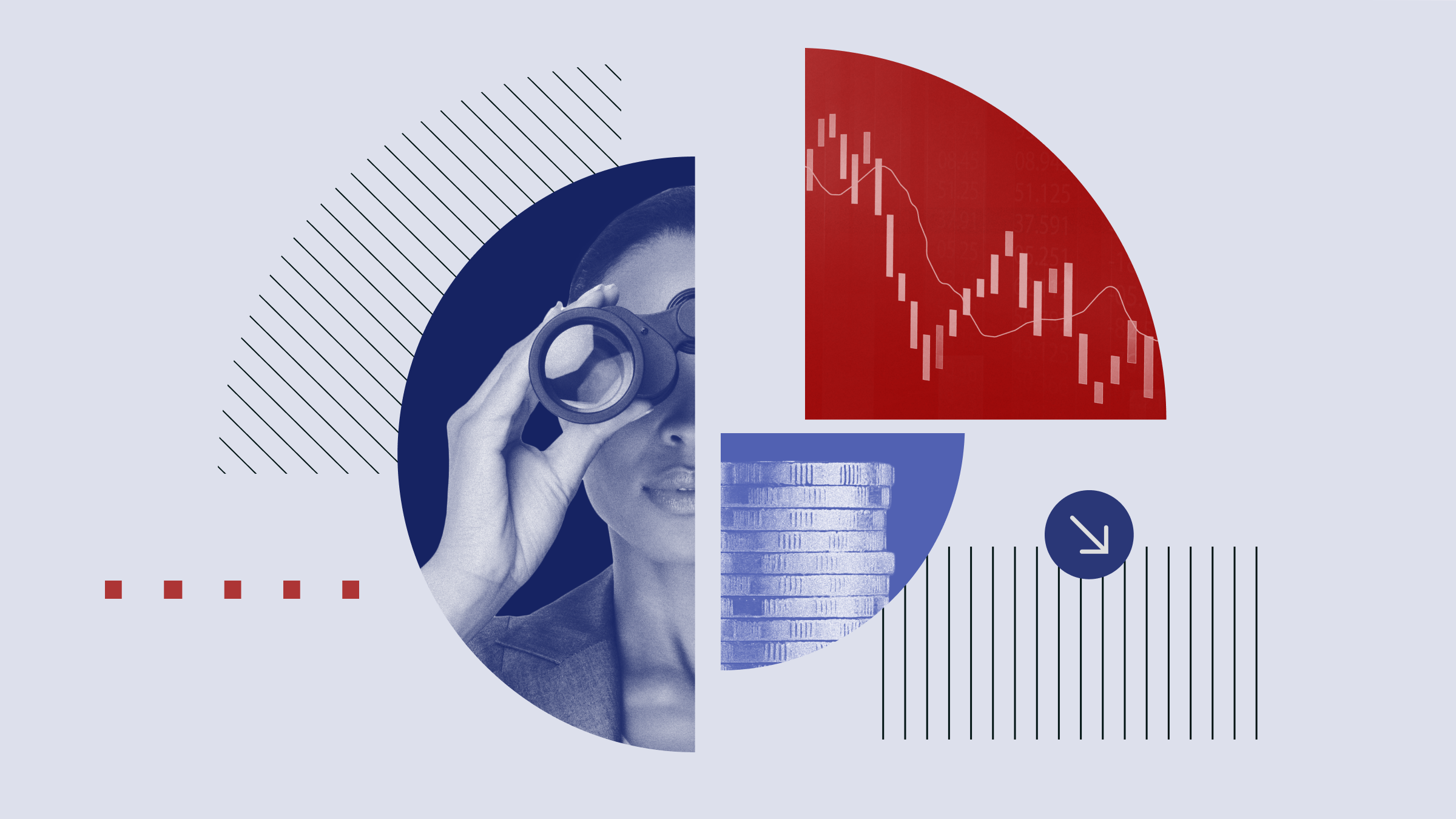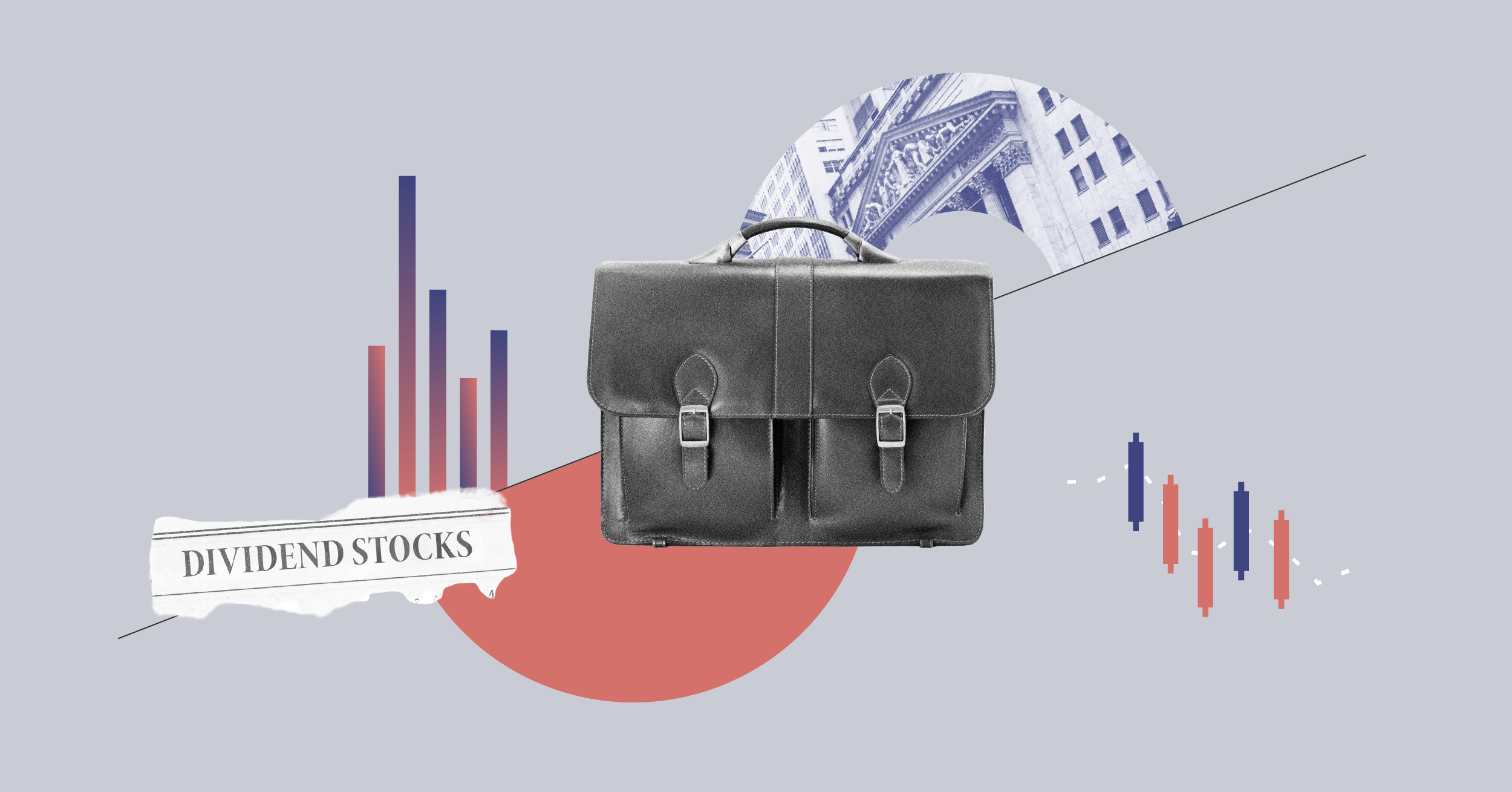You've figured out your goals. You know what they'll cost. So you've put all of your money into your investment portfolio.
Then you lose your job. Where will you get money for food and rent? You don't want to dip into that investment portfolio. After all, you've built it with a particular goal and time frame in mind. Touch it now and risk making your future dreams unattainable. That's why it's important to set aside money in an emergency fund before you begin investing. Here are some pointers for what your emergency fund should cover, how long it should last, and where to put it.
What To Include
Don't assume that any future unemployment insurance payments or redundancy pay can take the place of an emergency fund. Think of collecting either of these as a way to strengthen the safety net you're constructing. It shouldn't be your sole support. And if you do earn yourself a welcome redundancy package or collect unemployment insurance, your emergency fund will simply last longer. We recommend that you cover all conceivable expenses in your emergency fund.
Food and shelter
How much do you spend on groceries each month? If you don't know, now is a good time to start tracking that. And if you eat out a lot, you'll either need to include that, or plan on higher grocery bills. If you have pets, include the cost of their food and care in the tab.
Unless you're ready to move into your brother-in-law's basement, be sure to cover your rent or mortgage payments too. And don't forget utilities--gas, electricity, water, phone, and even cable/satellite and Internet.
Transportation
Unless you plan on never leaving your house, set money aside for your car payments and public transportation. Of course, you'll also need money for filling up your car, for routine maintenance, and for more serious problems.
Insurance and health
Be prepared to meet your insurance payments. That means home, auto, life, and health insurance. Insurance premiums are often the first things to go when money gets tight. They shouldn't be.
Set aside money for routine dental and eye care, for prescriptions, and for any other health expenses you may incur that aren't covered by the NHS. Once again, if you have pets, put their vet bills on the tab.
Taxes
The State won't care that you're unemployed--you'll still have to pay taxes. Here's some consolation, though: Your emergency fund also protects you from additional taxes. After all, your tax bill could be much stiffer if you had to sell profitable investments to cover your living expenses.
Finding a new job
It can cost money to make money--finding a new job won't be free. Consider the cost of producing and sending out CVs. You might want to meet with a career consultant, or even take some kind of training. Take those possibilities into account.
How To Estimate What You’ll Need
That's a long list to compile and come up with hard numbers for. The good news is that you don't have to try to brainstorm every conceivable expense. Instead, track what you spend in the next few months and use that as your baseline. Then add in any other possible expenses, such as taxes or finding a job, that didn't pop up during those months.
If you spent money on movies or your gym membership, include that. If you're out of work, taking in an occasional flick and working out may help relieve some of your stress.
How Long Should It Last?
Most financial planners recommend setting aside six months' worth of living expenses in an emergency fund.
What if your "emergency" ends up lasting longer than six months? If you take the liberal view of living expenses that we've been taking so far, your emergency kitty likely will last a little longer. Further, we haven't included payments from redundancy pay or unemployment insurance.
Of course, you may not be able to pull all of your emergency-fund money together at once. Treat it as a goal. Maybe you can cover one or two months' expenses now. Add to that kitty over time. If you get a tax rebate, put it in your emergency fund. A bonus at work? Sock at least part of that away. But in general, don't invest elsewhere until you have a full emergency fund.
Where Not To Put Your Emergency Fund
Keep your emergency fund separate from your regular bank account. That way, you will hopefully feel less of an urge to tap into it in normal times. But thanks to cash machines and online transfers, you'll still have easy access to the money if you do need it.








.png)








